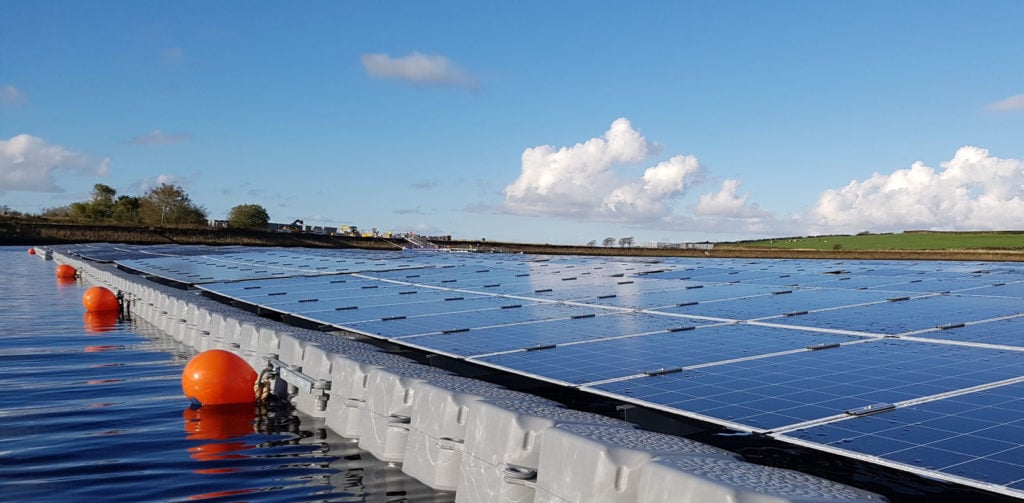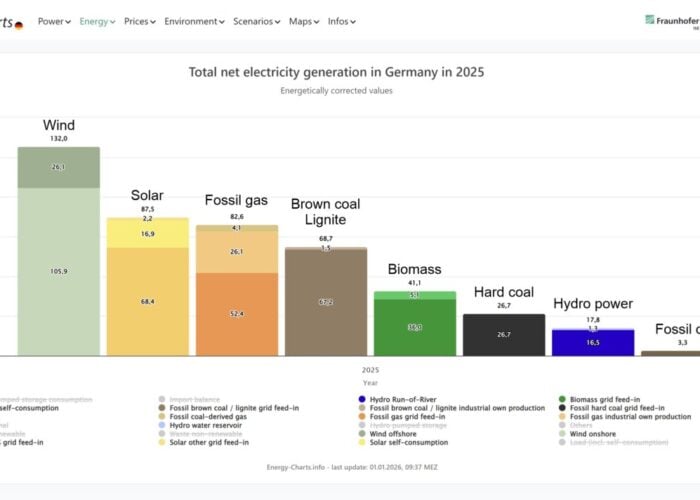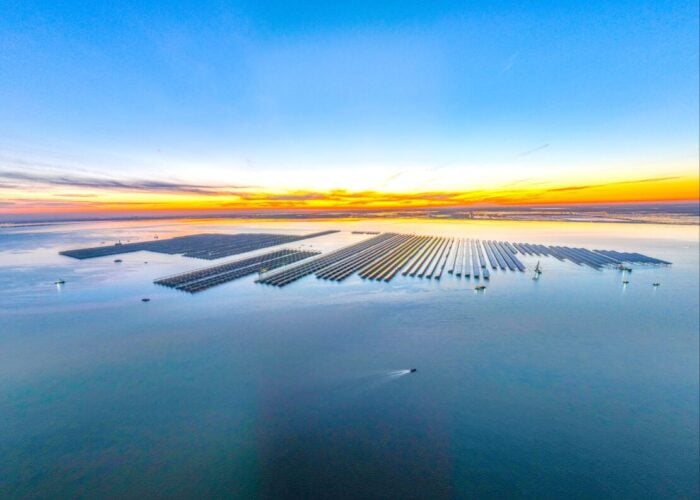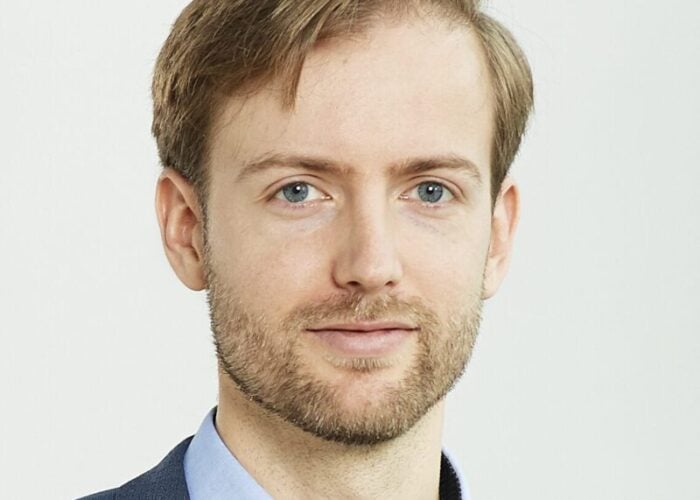
A joint research project has been established to further develop floating PV power plants under real world conditions over a three-year period.
PV2Float is a collaboration between the Fraunhofer Institute for Solar Energy Systems ISE, RWE Renewables and the Brandenburg University of Technology Cottbus-Senftenberg (BTU), and is being funded by the German Federal Ministry for Economic Affairs and Energy.
Try Premium for just $1
- Full premium access for the first month at only $1
- Converts to an annual rate after 30 days unless cancelled
- Cancel anytime during the trial period
Premium Benefits
- Expert industry analysis and interviews
- Digital access to PV Tech Power journal
- Exclusive event discounts
Or get the full Premium subscription right away
Or continue reading this article for free
The partners will test several floating PV systems with different designs and structures to assess the validity of the technology and its real-world application.
The potential of floating PV from a theoretical standpoint is in the mid double-digit GW range, according to Fraunhofer. The project will examine the technical requirements, economic efficiency and the ecological effects of floating PV power plants in Germany.
“In the research project PV2Float, we will deepen our knowledge on the ecological effects that these systems may have on bodies of water,” said BTU’s Dieter Leßmann.
Specifically, RWE will conduct an analysis of the German and international market for floating PV, while Fraunhofer will investigate the regulatory framework for floating PV, the durability of components, and assess energy yields.
“Bodies of water put special demands on the design, material, environmental compatibility and operational management of floating PV power plants,” said Stefan Wieland, project head at Fraunhofer. “In the project, these aspects are investigated for large floating PV plants.”






